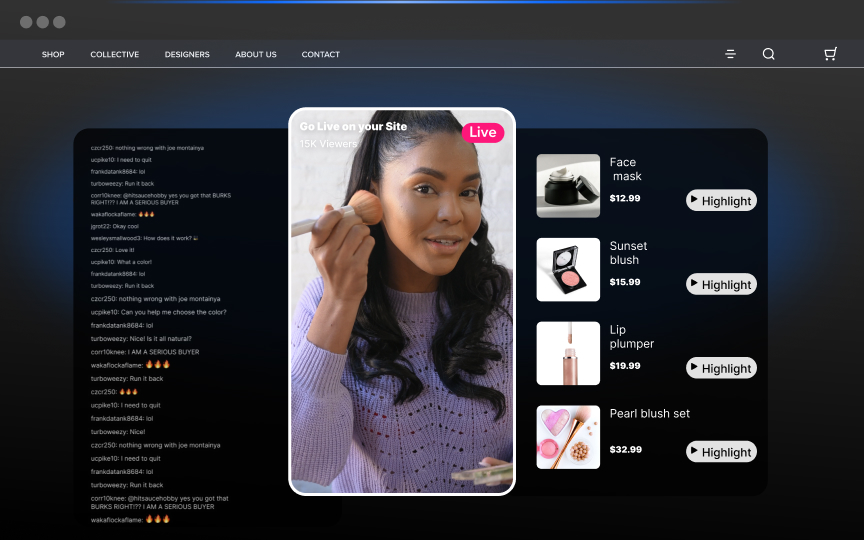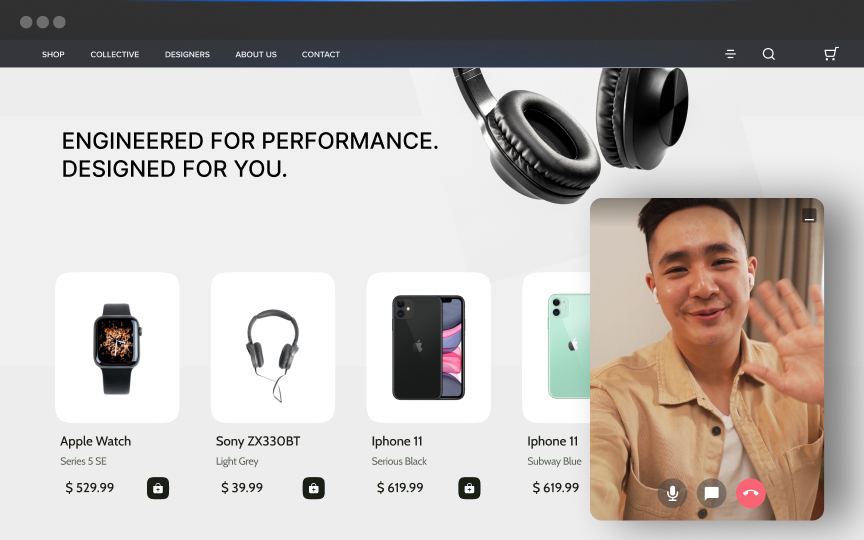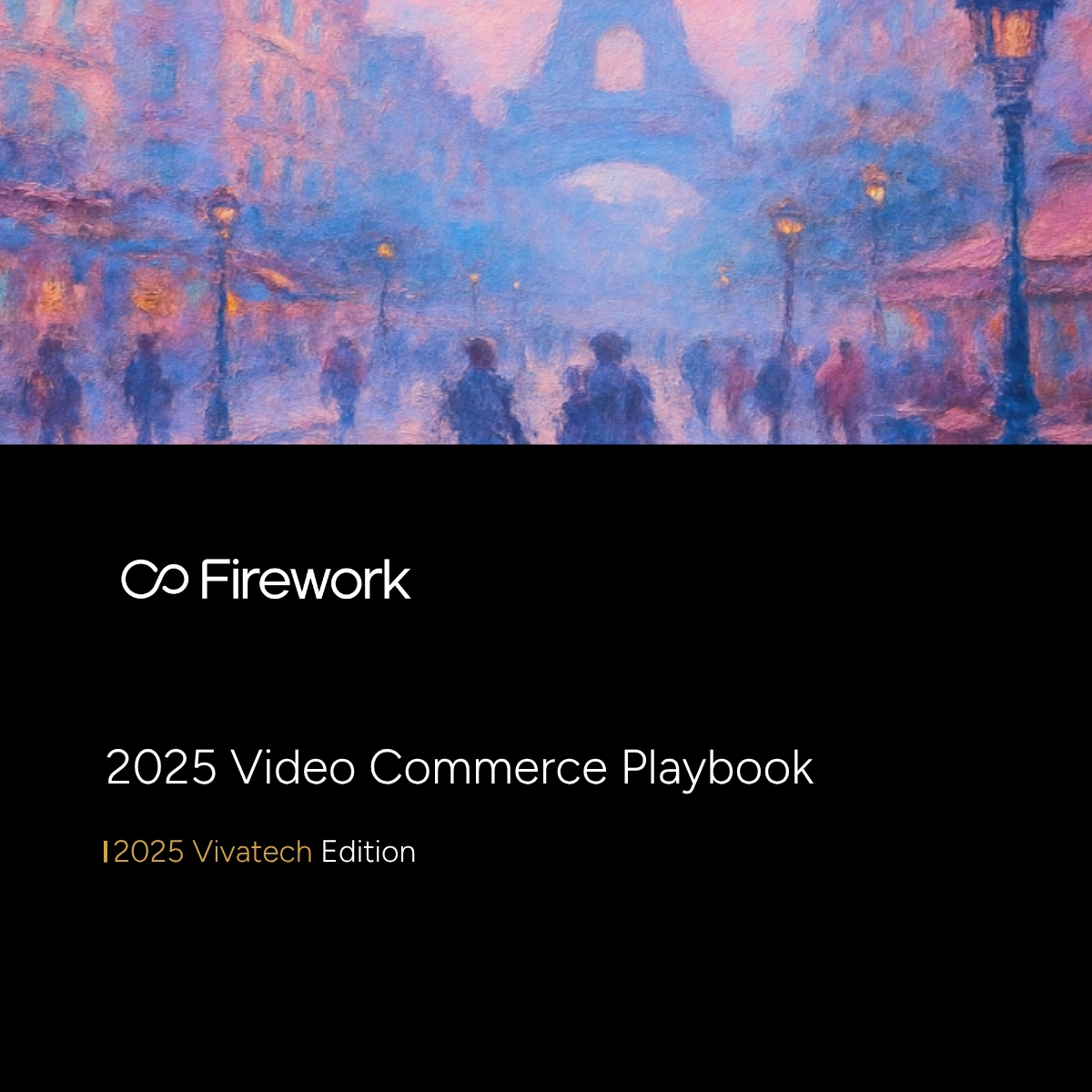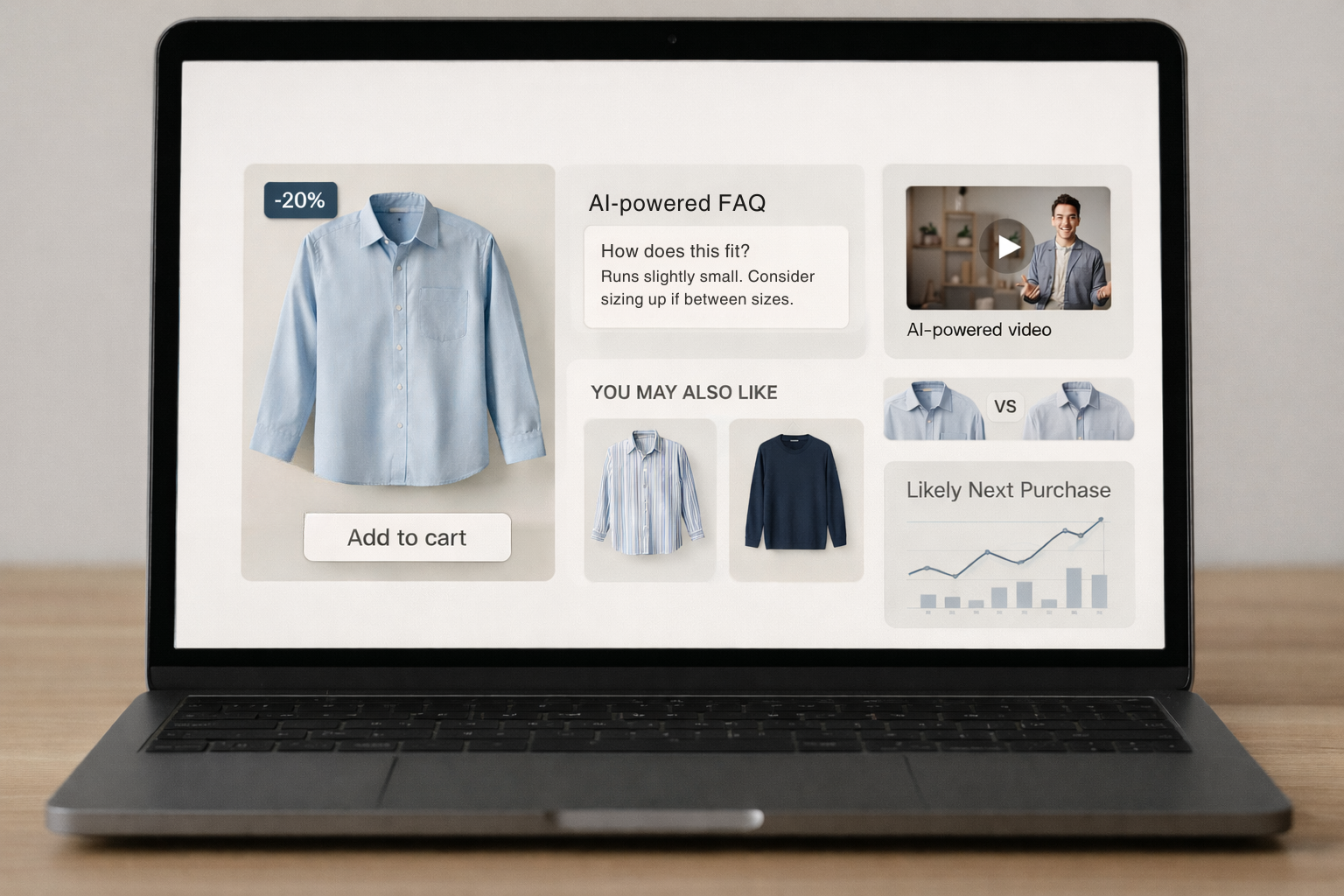Halloween is more than just spooky costumes—it’s a $10 billion industry filled with fun, candy, and costumes! Discover these eye-opening Halloween statistics behind how the event is celebrated worldwide.
The Growth of Halloween Spending
You might think Halloween is just about dressing up and trick-or-treating, but the numbers tell a different story. As a marketing manager, you got to work on your marketing strategies for e-commerce, and understanding the financial impact of Halloween can help you capitalize on this booming season.
Halloween Market Size & Revenue
1. Halloween spending in the U.S. reached $10.6 billion in 2022, up from $9 billion in 2021.
2. The average American spends about $100 on Halloween festivities.
3. Total Halloween spending has grown by 25% in the last decade.
Candy Sales Surge
Thinking about how to sweeten your sales? Candy is a major player during Halloween, and these stats will show you why it’s a hot commodity.
4. Americans purchase 600 million pounds of candy for Halloween annually.
5. $3.1 billion is spent on candy alone each Halloween.
6. 70% of Americans buy candy for trick-or-treaters, spending an average of $30.40 per household on candy.
Halloween Participation Statistics
Ever wonder who’s really celebrating Halloween and how? Knowing your audience is key to crafting campaigns that resonate.
How Many People Celebrate Halloween
7. 69% of Americans celebrate Halloween, with the highest participation rate among people aged 18-34.
8. In 2022, 76 million children participated in Halloween trick-or-treating.
9. 72% of households handed out candy in 2022, up from 64% in 2021.
Most Popular Halloween Activities
What are people actually doing on Halloween? These insights can help you align your marketing efforts with popular activities.
10. 50% of adults plan to decorate their homes for Halloween.
11. 44% attend Halloween parties or events.
12. 25% visit haunted houses as a part of their Halloween experience.
To capture the attention of younger audiences, consider engaging Gen-Z consumers through interactive and immersive experiences.
Costume Trends and Popular Choices
Costume trends can make or break your seasonal sales. What’s hot this year?
Top-Selling Halloween Costumes for Adults and Kids
13. The most popular costumes in 2023 include witches (5.3 million), vampires, and superheroes.
14. 3.7 million children dressed as their favorite superheroes in 2022.
15. 2.4 million adults chose classic costumes like zombies, vampires, and ghosts in 2022.
Pet Costumes on the Rise
Pet costumes are a growing trend, and they can add a fun twist to your marketing campaigns.
16. 20% of pet owners dress up their pets for Halloween.
17. Pumpkins and hot dogs are the most popular pet costumes, with 29% of pets dressed in these outfits.
18. Americans spent $700 million on pet costumes alone in 2022.
DIY vs. Store-Bought Costumes
Understanding consumer preferences between DIY and store-bought costumes can help you stock the right inventory.
19. 35% of consumers make their own costumes, with 65% opting for store-bought outfits.
20. DIY costume tutorials increased by 50% on platforms like Pinterest in 2022.
Take a page from the Heinz Halloween campaign to see how creative costume ideas can drive engagement and sales.
Halloween and Digital Marketing Insights
How can you leverage digital marketing to boost your Halloween sales? These insights will guide your strategy.
Email Campaigns and Open Rates
21. Halloween email campaigns have a 14.7% higher open rate than average promotional emails.
22. 40% of consumers make purchases based on Halloween-themed emails.
23. Halloween email promotions generate $200 million in additional revenue for businesses each year.
Social Media Influence on Halloween
Social media is a treasure trove for Halloween inspiration. Are you tapping into its full potential?
24. 60% of consumers find costume ideas on Instagram and TikTok.
25. The hashtag #HalloweenCostume has over 3 billion views on TikTok.
26. 45% of Halloween shoppers use Pinterest for inspiration.
Consider incorporating live shopping events to engage your audience in real time and boost sales.
Halloween Ads and ROI
To maximize your campaign's effectiveness, explore customer engagement strategies tailored for the Halloween season. Halloween-specific ads can significantly boost your ROI. Here’s why you should care.
27. Businesses see a 20% increase in ROI from Halloween-specific ads.
28. $600 million is spent on Halloween advertising annually.
29. Halloween digital ads experience a 25% boost in engagement compared to standard ads.
Halloween Consumer Behavior
Understanding consumer behavior can help you time your promotions and stock your shelves effectively.
When People Start Shopping
30. 55% of consumers start Halloween shopping in September or earlier.
Early shoppers often look for the best deals and the widest selection of costumes and decorations. Retailers cater to this group by launching Halloween merchandise as early as August.
31. 40% of shoppers wait until the last two weeks of October.
These shoppers tend to make quick decisions, often influenced by last-minute promotions and sales. Stores ramp up their marketing efforts during this period to capture the attention of these late buyers.
32. Last-minute shoppers increase total Halloween sales by 15% in the final week before the holiday.
The urgency of last-minute shopping drives higher spending on costumes, candy, and decorations. Retailers often extend store hours and offer expedited shipping to accommodate these shoppers. To get ahead, start planning early for your Halloween eCommerce strategy.
Spending by Household Income
How does household income affect Halloween spending? These insights can help you tailor your marketing strategies.
33. Households earning more than $75,000 spend an average of $130 on Halloween.
Higher-income households allocate more budget to elaborate costumes, premium decorations, and hosting parties. These households are more likely to participate in multiple Halloween activities, increasing overall spending.
34. Lower-income households spend about $70 on Halloween celebrations.
These households focus on essential items like candy and basic decorations. Budget-friendly stores and DIY options are popular among this group.
35. Decorations are the second largest expense after candy, with $3.4 billion spent in 2022.
To better understand your audience, delve into understanding customer behavior for more effective Halloween marketing. Consumers invest in both indoor and outdoor decorations to create a festive atmosphere. Popular decoration items include inflatable yard displays, themed lighting, and spooky props.
Fun Halloween Facts
Halloween is not just an American phenomenon. How is it celebrated around the world?
Halloween Around the World
36. Halloween is celebrated in 13 countries, including the U.S., Canada, Ireland, and Australia.
Each country has its unique traditions and ways of celebrating Halloween. In Canada, Halloween is marked by community events and trick-or-treating, similar to the U.S.
37. Mexico’s Day of the Dead festivities align with Halloween but focus on honoring deceased loved ones.
Celebrations include building altars, offering food and drinks, and visiting gravesites. The vibrant and colorful decorations distinguish it from the spooky themes of Halloween.
38. Halloween has gained popularity in Japan, with costume parades becoming a yearly tradition.
Major cities like Tokyo host large-scale Halloween parades and events. The influence of Western culture has made Halloween a significant celebration in Japan.
Historical Origins of Halloween
Ever wondered where Halloween comes from? A bit of history can add depth to your social commerce marketing strategy.
39. Halloween originated from the ancient Celtic festival Samhain, over 2,000 years ago.
Samhain marked the end of the harvest season and the beginning of winter. Celts believed that the boundary between the living and the dead became blurred during this time.
40. The modern practice of trick-or-treating started in the U.S. in the 1930s.
Children dressed in costumes and went door-to-door asking for treats. The tradition evolved from earlier practices of "souling" and "guising."
41. Pumpkins became a Halloween symbol in the 19th century due to Irish immigrants who brought the tradition of carving turnips.
Pumpkins, native to North America, were more readily available and easier to carve. The practice of carving jack-o'-lanterns became a staple of Halloween celebrations.
To make the most of your Halloween marketing, consider leveraging first-party data for more targeted campaigns and explore a comprehensive video content strategy to engage your audience effectively.
By integrating these insights and strategies, you can create a more engaging and profitable Halloween season for your business.
Final Thoughts on Halloween's Economic Power and Growing Popularity
Halloween is not just a fun-filled night of costumes and candy—it’s a massive, evolving industry that generates billions of dollars each year. From spending trends and consumer behavior to social media’s influence on costume ideas, Halloween continues to grow in popularity, with no signs of slowing down. You can also keep a video marketing checklist to enhance your Halloween-themed videos.
Whether it's planning months in advance or making last-minute purchases, these statistics offer a fascinating look into how we celebrate this spooky holiday. As Halloween expands globally and new trends emerge, it's clear that the spooky season is more than just a day—it’s an economic powerhouse!
Put your commerce in motion. Find out how Firework can power your business forward. Request a demo today!
Unlock Exclusive Insights
By submitting this form, you agree to Firework's privacy policy and consent to receive personalized marketing communications. You can unsubscribe at any time.




























